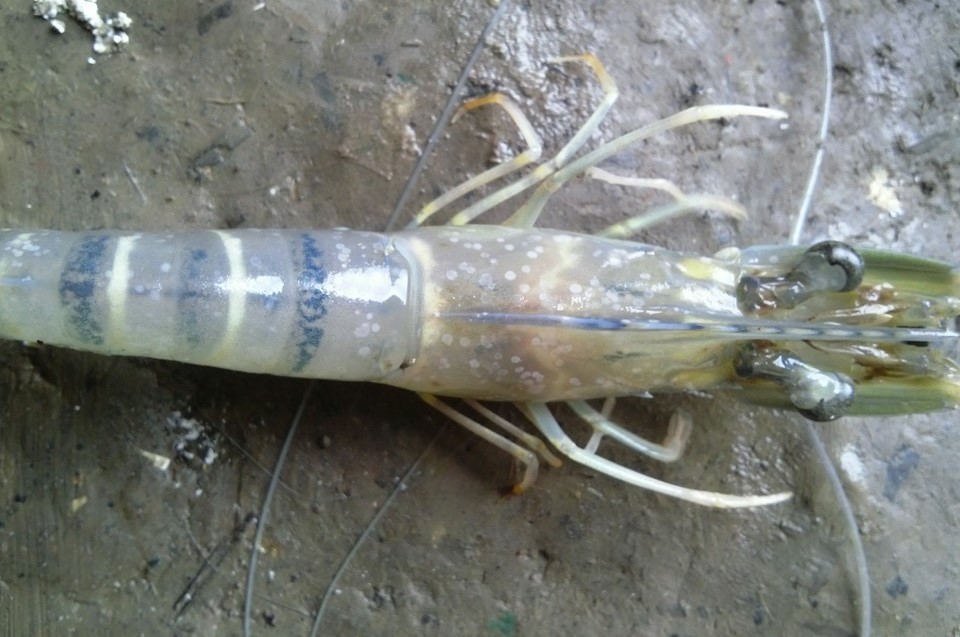
The black tiger shrimp (Penaeus monodon) is a marine crustacean of economic importance in the world market.
To ensure sustainability of the shrimp industry, production capacity and disease outbreak prevention must be improved. Understanding healthy microbial balance inside the shrimp intestine can provide an initial step toward better farming practice and probiotic applications. In this study, we employed a barcode pyrosequencing analysis of V3-4 regions of 16S rRNA genes to examine intestinal bacteria communities in wild-caught and domesticated P. monodon broodstock. Shrimp faeces were removed from intestines prior to further analysis in attempt to identify mucosal bacterial population. Five phyla, Actinobacteria, Fusobacteria, Proteobacteria, Firmicutes and Bacteroidetes, were found in all shrimp from both wild and domesticated environments. The operational taxonomic unit (OTU) was assigned at 97% sequence identity, and our pyrosequencing results identified 18 OTUs commonly found in both groups. Sequences of the shared OTUs were similar to bacteria in three phyla, namely i) Proteobacteria (Vibrio, Photobacterium, Novosphingobium, Pseudomonas, Sphingomonas and Undibacterium), ii) Firmicutes (Fusibacter), and iii) Bacteroidetes (Cloacibacterium). The shared bacterial members in P. monodon from two different habitats provide evidence that the internal environments within the host shrimp also exerts selective pressure on bacterial members. Intestinal bacterial profiles were compared using denaturing gradient gel electrophoresis (DGGE). The sequences from DGGE bands were similar to those of Vibrio and Photobacteriumin all shrimp, consistent with pyrosequencing results. This work provides the first comprehensive report on bacterial populations in the intestine of adult black tiger shrimp and reveals some similar bacterial members between the intestine of wild-caught and domesticated shrimp.
Full article: http://journals.plos.org/plosone/article?id=10.1371/journal.pone.0091853
| Nguồn: Theo http://journals.plos.org Vui lòng ghi rõ nguồn thuysan247.com khi sao chép bài viết này. Liên hệ cung cấp thông tin và gửi tin bài cộng tác về email [email protected]. Nhấn nút "quan tâm" nếu bạn muốn nhận thông tin cập nhật từ chúng tôi trên Zalo. |



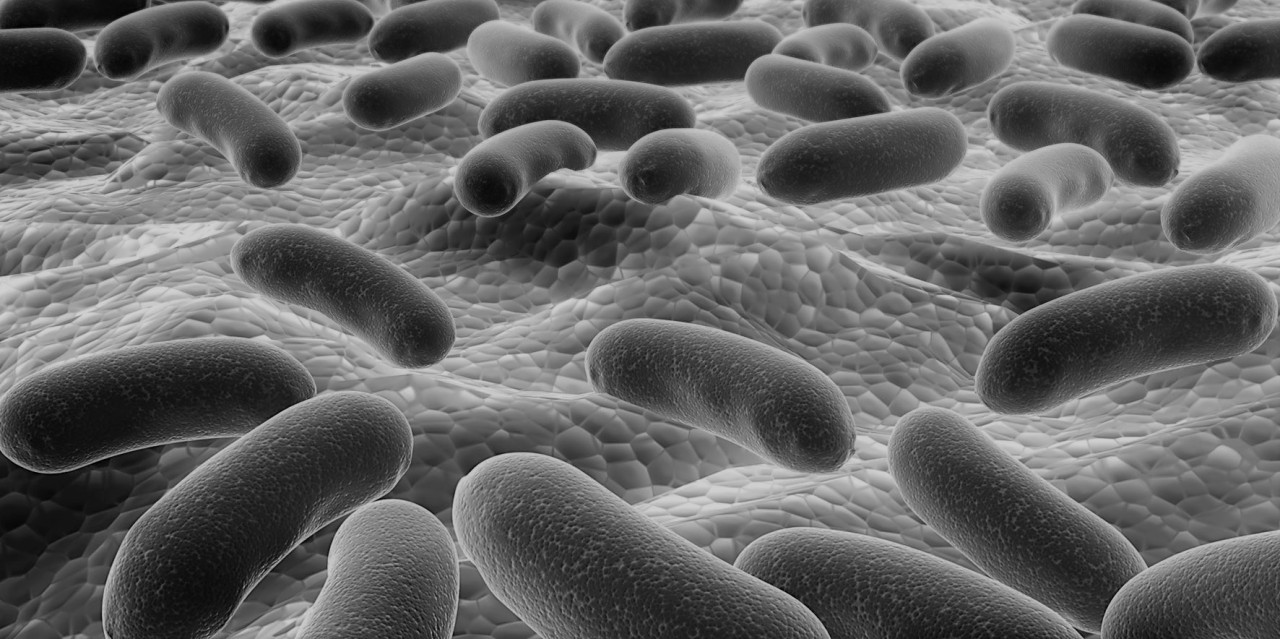
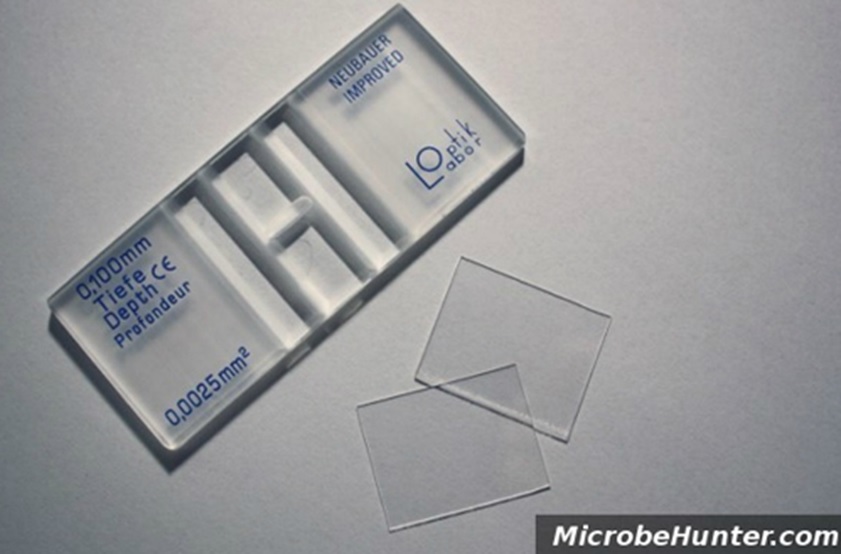
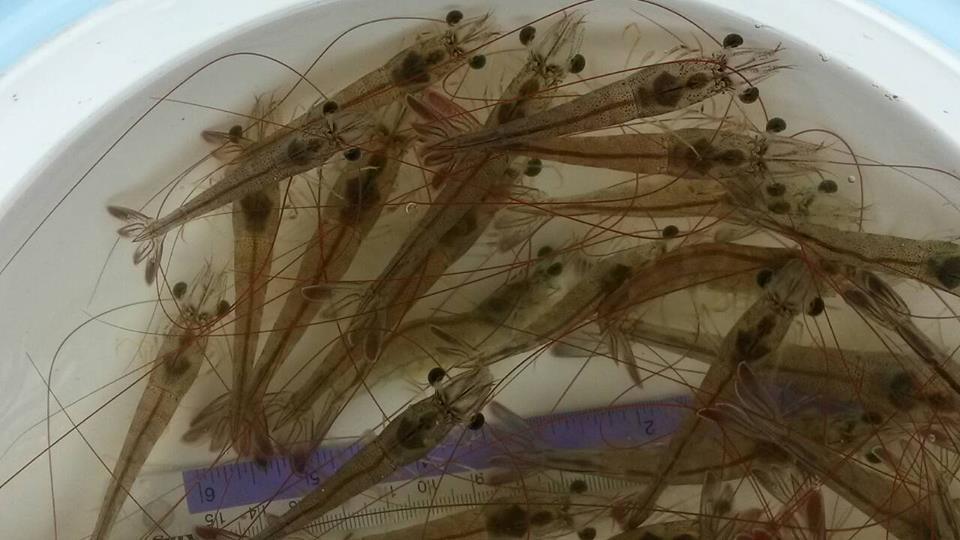


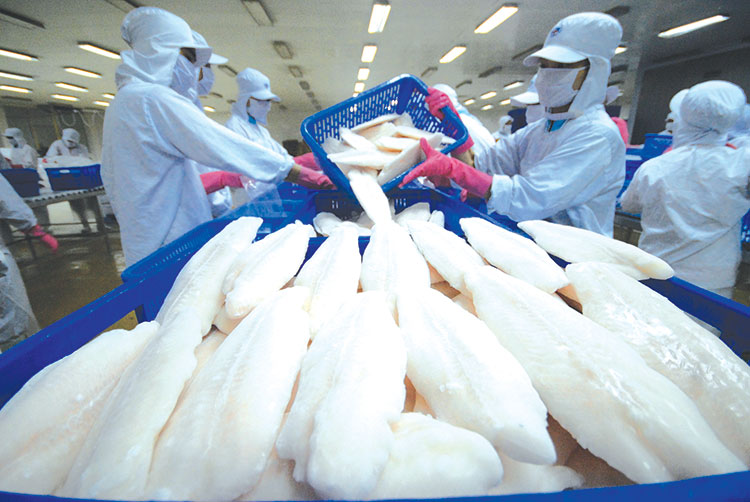

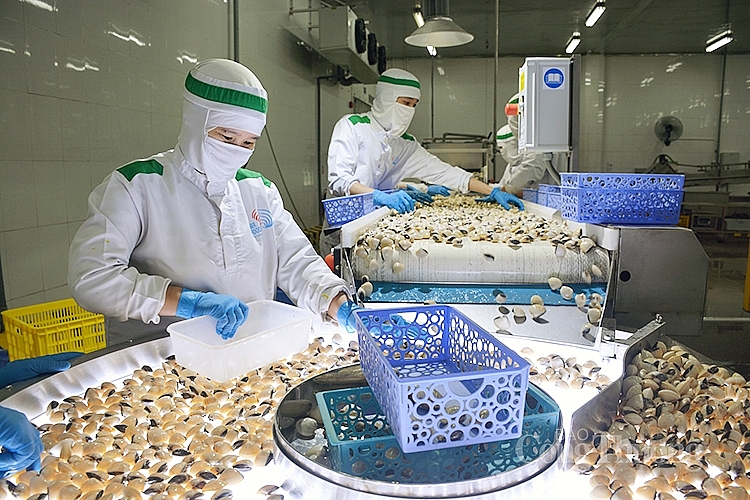












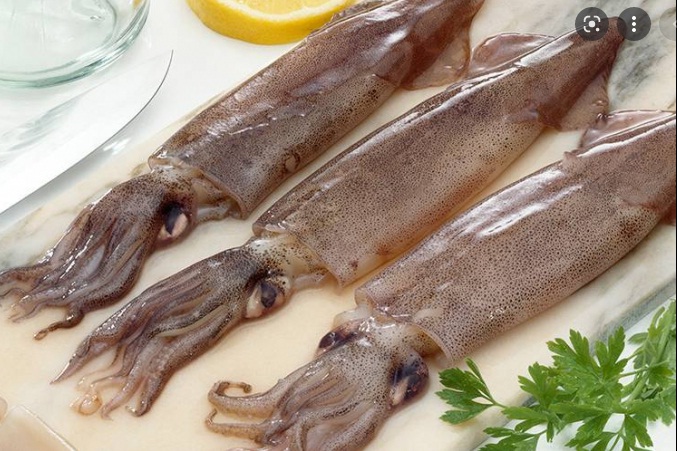




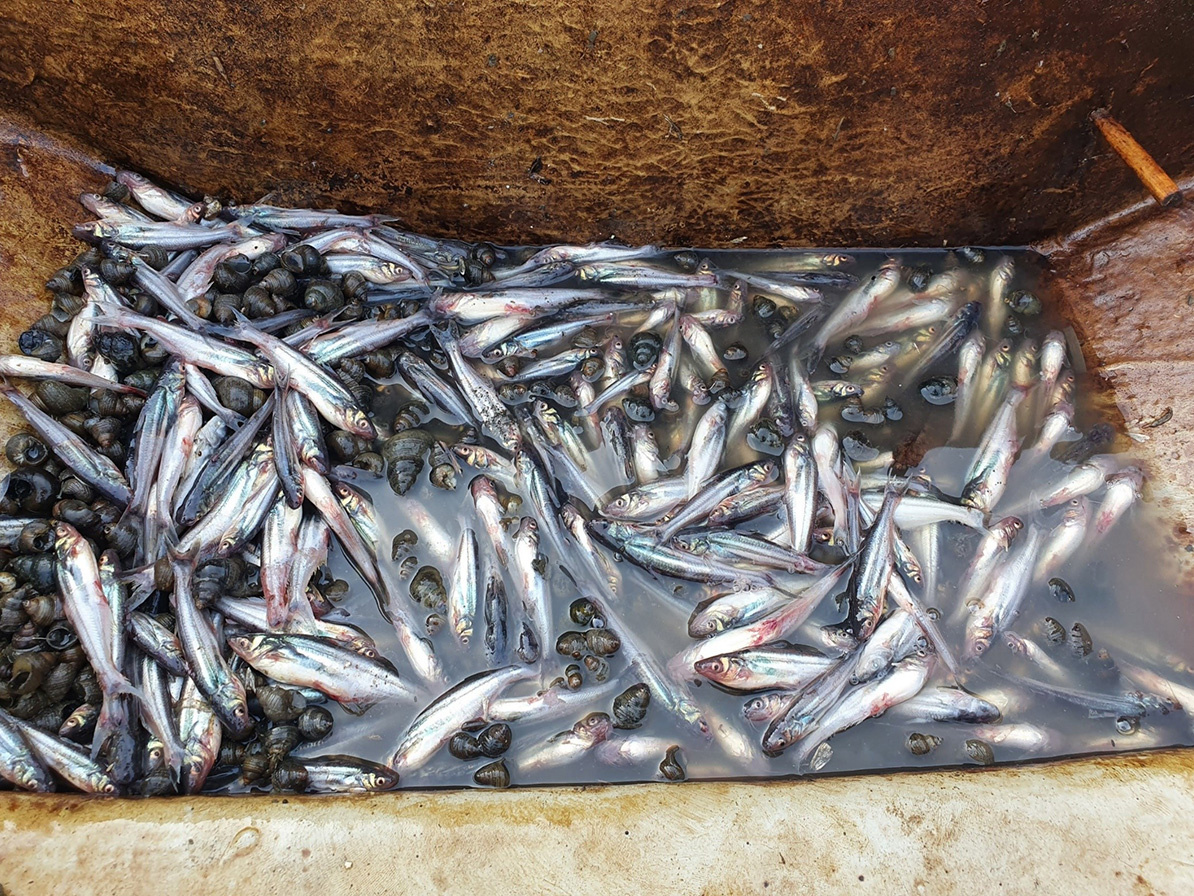
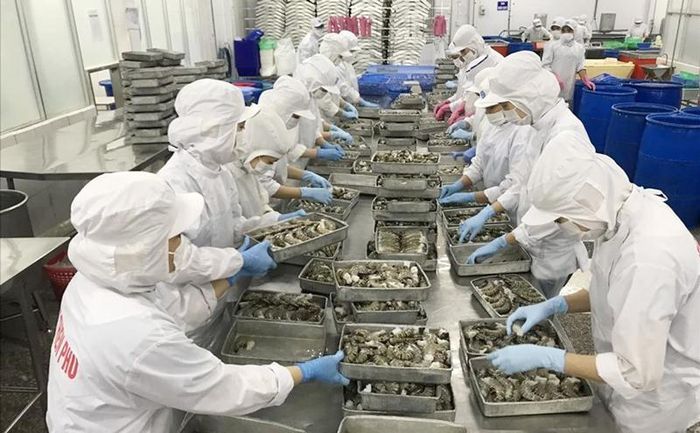







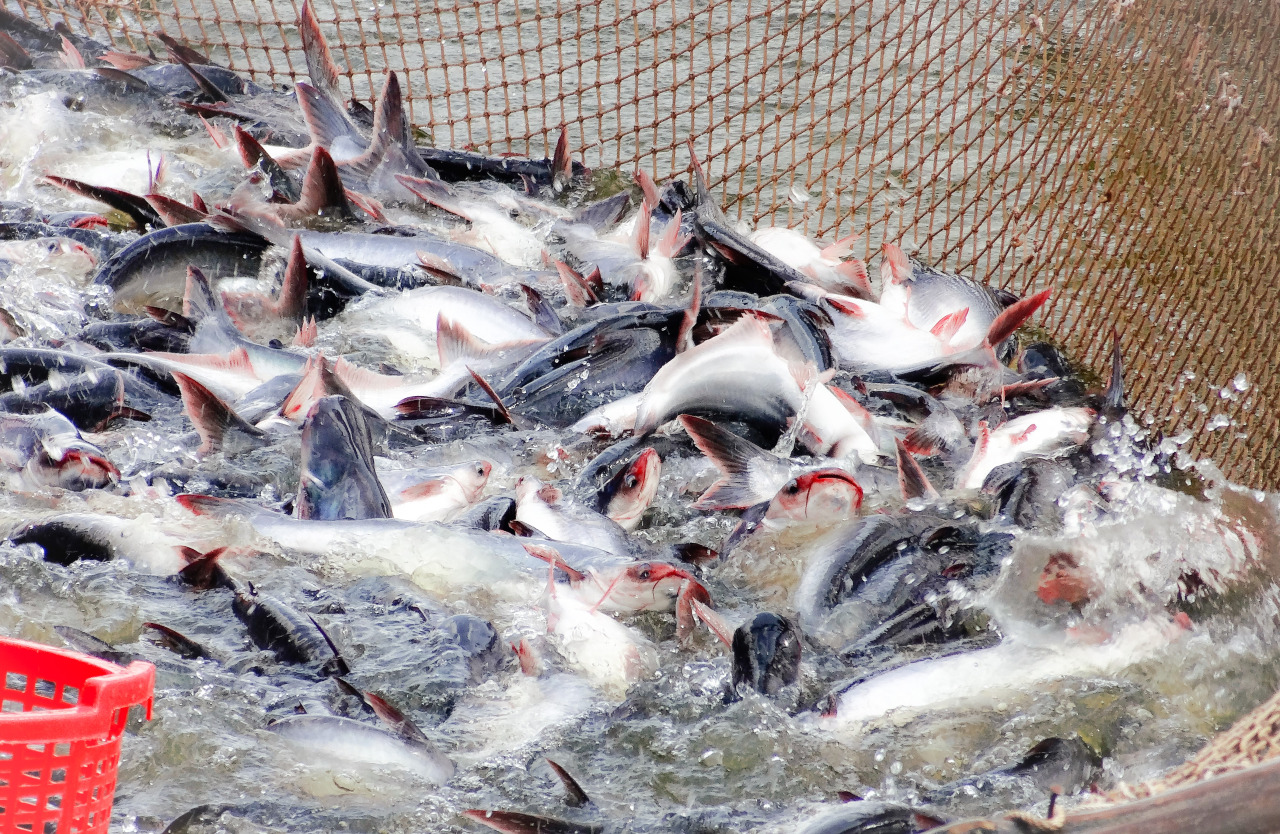
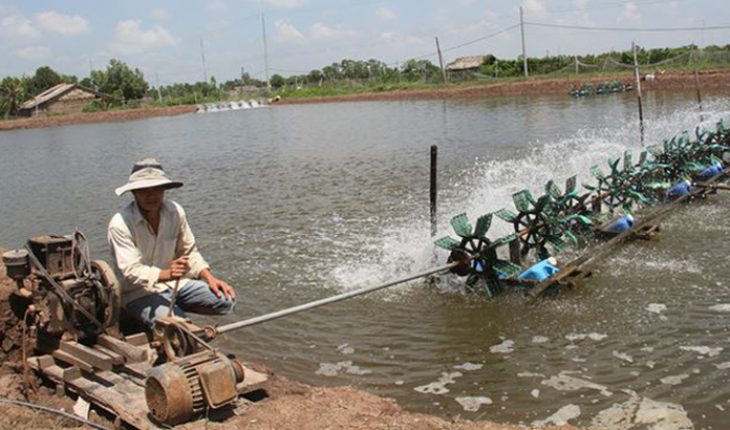
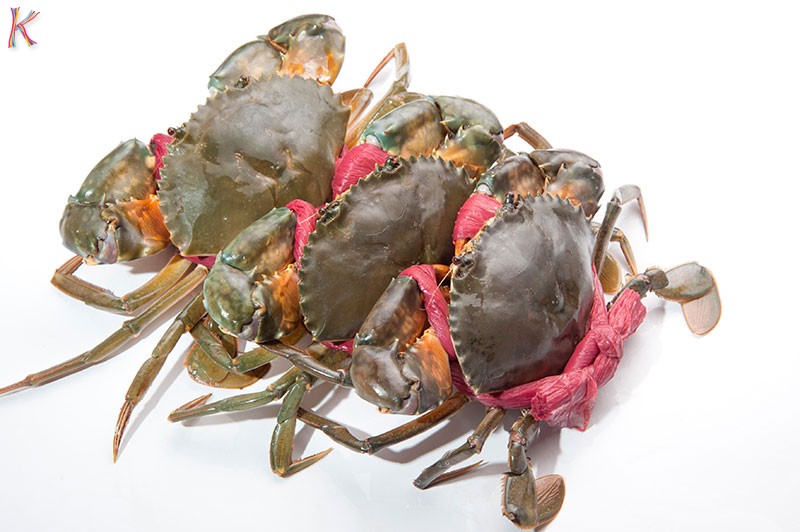


Bình luận bài viết